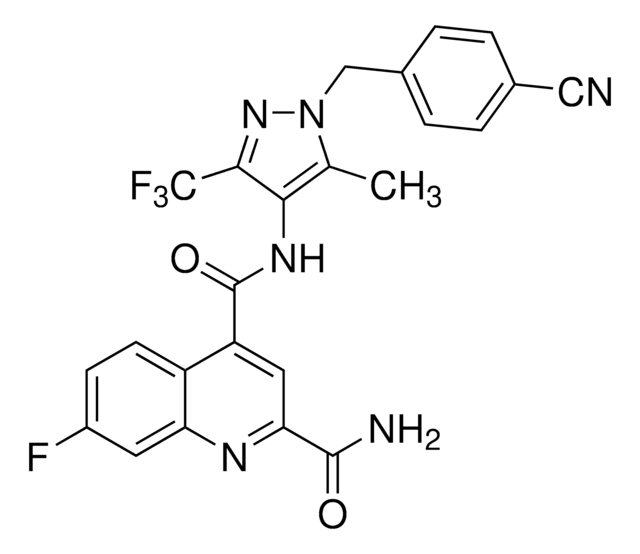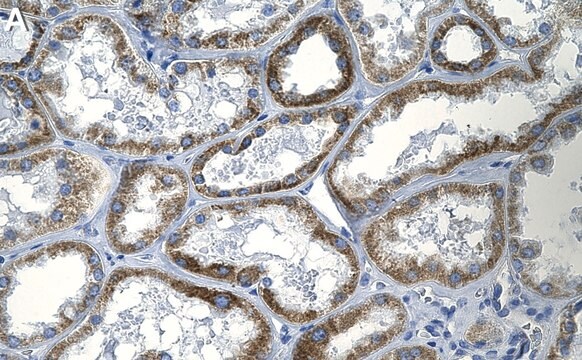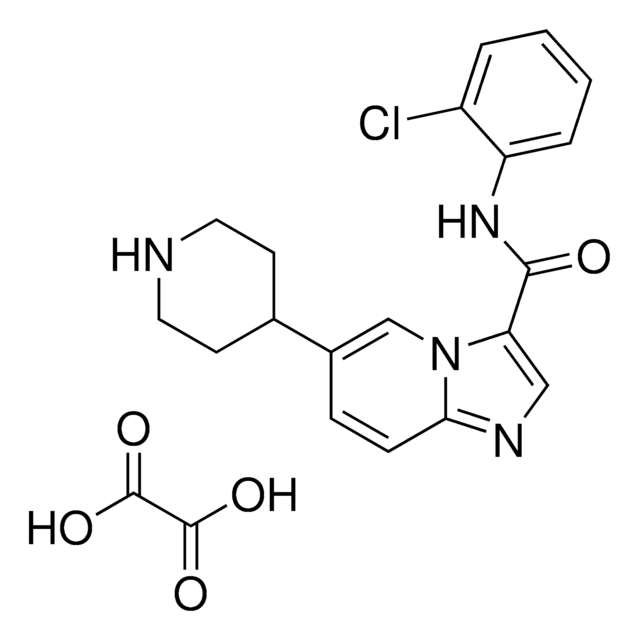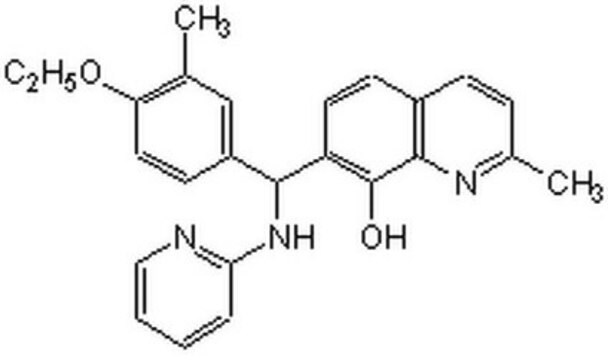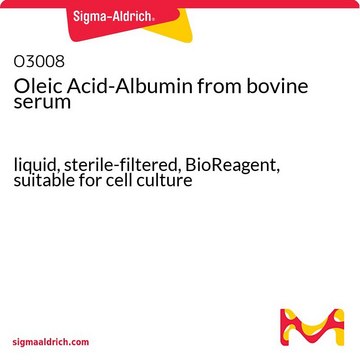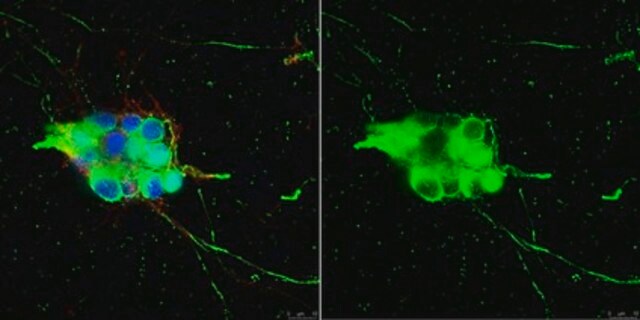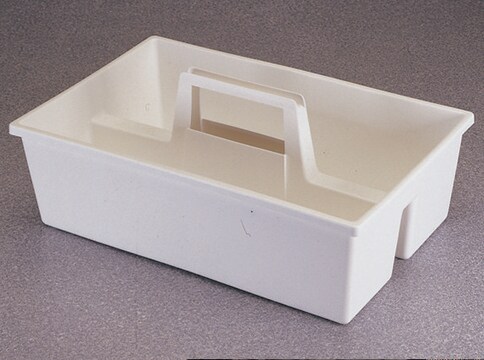506181
p75NTR Signaling Inhibitor, Cell-permeable, TAT-Pep5
The p75NTR Signaling Inhibitor, Cell-permeable, TAT-Pep5 controls the biological activity of p75NTR. This small molecule/inhibitor is primarily used for Neuroscience applications.
Synonym(s):
p75NTR Signaling Inhibitor, Cell-permeable, TAT-Pep5, TAT-Pep5, H- YGRKKRRQRRR-CFFRGGFFNHNPRYC-OH, Cyclic
Sign Into View Organizational & Contract Pricing
All Photos(1)
About This Item
Empirical Formula (Hill Notation):
C150H227N57O32S2
Molecular Weight:
3404.90
UNSPSC Code:
12352202
NACRES:
NA.77
Recommended Products
Quality Level
Assay
≥95% (HPLC)
form
lyophilized solid
manufacturer/tradename
Calbiochem®
storage condition
OK to freeze
desiccated (hygroscopic)
protect from light
solubility
DMSO: 5 mg/mL
shipped in
ambient
storage temp.
2-8°C
General description
The p75NTR inhibitor Pep5 (Cat. No. 506180) is made cell-permeable by fusing it with the N-terminal protein transduction domain sequence (11 amino acids) from HIV protein TAT. Shown to act as an effective blocker of MAG- and Nogo-induced inhibition of neurite outgrowth in both DRG (dorsal root ganglion) and postnatal cerebellar neurons. A potential therapeutic agent against inhibition of regeneration in the central nervous system.
Biochem/physiol Actions
Cell permeable: yes
Primary Target
Blocker of MAG- and Nogo-induced inhibition of neurite outgrowth
Blocker of MAG- and Nogo-induced inhibition of neurite outgrowth
Product does not compete with ATP.
Reversible: no
Packaging
Packaged under inert gas
Warning
Toxicity: Standard Handling (A)
Sequence
H₂N-Tyr-Gly-Arg-Lys-Lys-Arg-Arg-Gln-Arg-Arg-Arg-Cys¹²-Phe-Phe-Arg-Gly-Gly-Phe-Phe-Asn-His-Asn-Pro-Arg-Tyr-Cys²⁶-OH
disulfide bond (12-26)
disulfide bond (12-26)
Physical form
Supplied as a trifluoroacetate salt.
Reconstitution
Following reconstitution, aliquot and freeze (-20°C). Stock solutions are stable for up to 1 month at -20°C.
Other Notes
Yamashita, T., and Tohyama, M. 2003. Nat. Neurosci.6, 461.
Schwarze, S.R., et al. 1999. Science285, 1569.
Schwarze, S.R., et al. 1999. Science285, 1569.
Legal Information
CALBIOCHEM is a registered trademark of Merck KGaA, Darmstadt, Germany
Storage Class Code
11 - Combustible Solids
WGK
WGK 1
Flash Point(F)
Not applicable
Flash Point(C)
Not applicable
Certificates of Analysis (COA)
Search for Certificates of Analysis (COA) by entering the products Lot/Batch Number. Lot and Batch Numbers can be found on a product’s label following the words ‘Lot’ or ‘Batch’.
Already Own This Product?
Find documentation for the products that you have recently purchased in the Document Library.
Wei Sun et al.
Frontiers in cell and developmental biology, 10, 1018586-1018586 (2022-11-29)
Prenatal exposure to maternal infection increases the risk of offspring developing schizophrenia in adulthood. Current theories suggest that the consequences of MIA on mBDNF secretion may underlie the increased risk of cognitive disorder. There is little evidence for whether the
Xinxin Zhou et al.
Molecular pain, 16, 1744806920922100-1744806920922100 (2020-05-02)
HIV-associated neuropathic pain (HNP) is a common complication for AIDS patients. The pathological mechanism governing HNP has not been elucidated, and HNP has no effective analgesic treatment. Brain-derived neurotrophic factor (BDNF) is a member of the neurotrophic factor family related
Our team of scientists has experience in all areas of research including Life Science, Material Science, Chemical Synthesis, Chromatography, Analytical and many others.
Contact Technical Service
